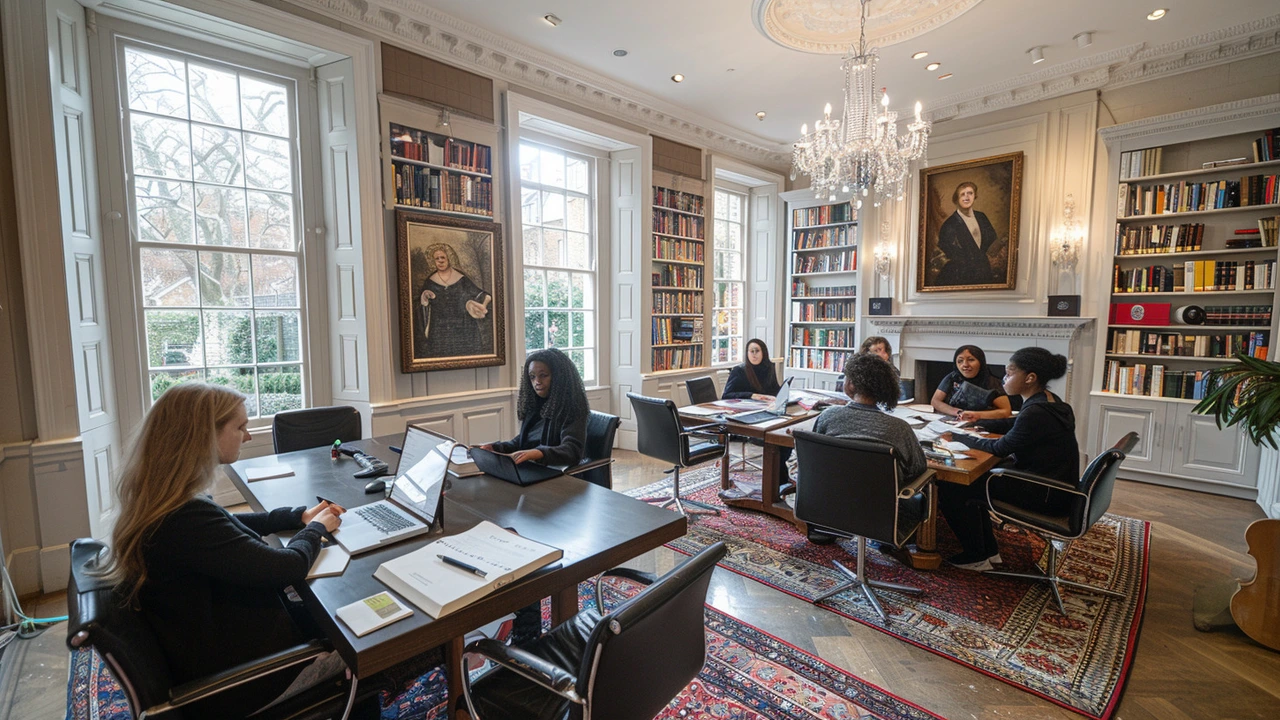You don't need to be "artistic" to get benefits from expressive arts therapy. It uses art, music, movement, drama, and writing to help people process feelings, reduce stress, and build coping skills. Sessions focus on the creative process, not the final product. Therapists guide activities so they fit goals like anxiety relief, trauma recovery, or improving mood.
In a session you might paint to explore anger, listen to or play music to access memories, move to release tension, or write to make sense of confusing thoughts. Programs run in hospitals, community centers, rehab clinics, and some veteran services. People who struggle with stress, grief, chronic pain, or post-traumatic stress disorder often find it useful. Kids, teens, adults, and families can all take part. Creative work can be helpful when words alone feel stuck.
Start with 15 minutes. Pick one mode — drawing, free writing, a short playlist, or gentle movement. Put your phone away. Focus on the action: what you feel, not how it looks. Try this quick exercise: set a timer for ten minutes, draw shapes that match your mood, then write a single sentence about why you chose each shape.
If you prefer a guided option, look for licensed therapists who list creative arts therapy, art therapy, or music therapy on their profile. Many programs will work with behavioral health teams so creative work supports other treatments like talk therapy or medication.
A therapist will usually start by asking why you came and what you want to try. They might ask about any history of trauma, current supports, and safety concerns. The first session often includes a short activity so you can see how it feels, followed by a conversation about what came up. You won't be forced to share anything you don't want to. The therapist helps you name emotions and safety-plan if strong feelings appear.
Keep supplies simple: markers, paper, a cheap journal, and a playlist. Set a regular schedule—twice a week for short sessions often works better than one long burst. If you notice intense reactions, pause and use grounding techniques like breathing or feeling your feet on the floor. Tell your therapist about any sharp increases in distress so they can adjust the plan.
Search local mental health directories, community arts organizations, or ask your primary care provider for referrals. For TRICARE users, contact your regional contractor or behavioral health case manager to ask if a specific provider is covered. Coverage often depends on the provider's license and the billed service code, so get those details before you start.
Programs for veterans and military families may include creative arts options at VA or community centers; check local listings first.
Expressive arts therapy gives you hands-on ways to feel, make sense, and learn new habits. Even small, regular creative steps can change how you manage stress and relate to your emotions.

In this deep dive into the transformative world of Creative Arts Therapies, we unfold a comprehensive look at how these innovative therapeutic practices are reshaping mental health care. Through a combination of music, dance, drama, and visual arts, individuals find unique pathways to healing and self-expression that traditional therapies may not offer. This article explores the origins, methodologies, and real-world applications of Creative Arts Therapies, providing insights into their benefits and how they are becoming essential in therapeutic settings. Join us in exploring how these dynamic therapies are breaking barriers and offering new hope for those seeking meaningful mental health support.
Read More